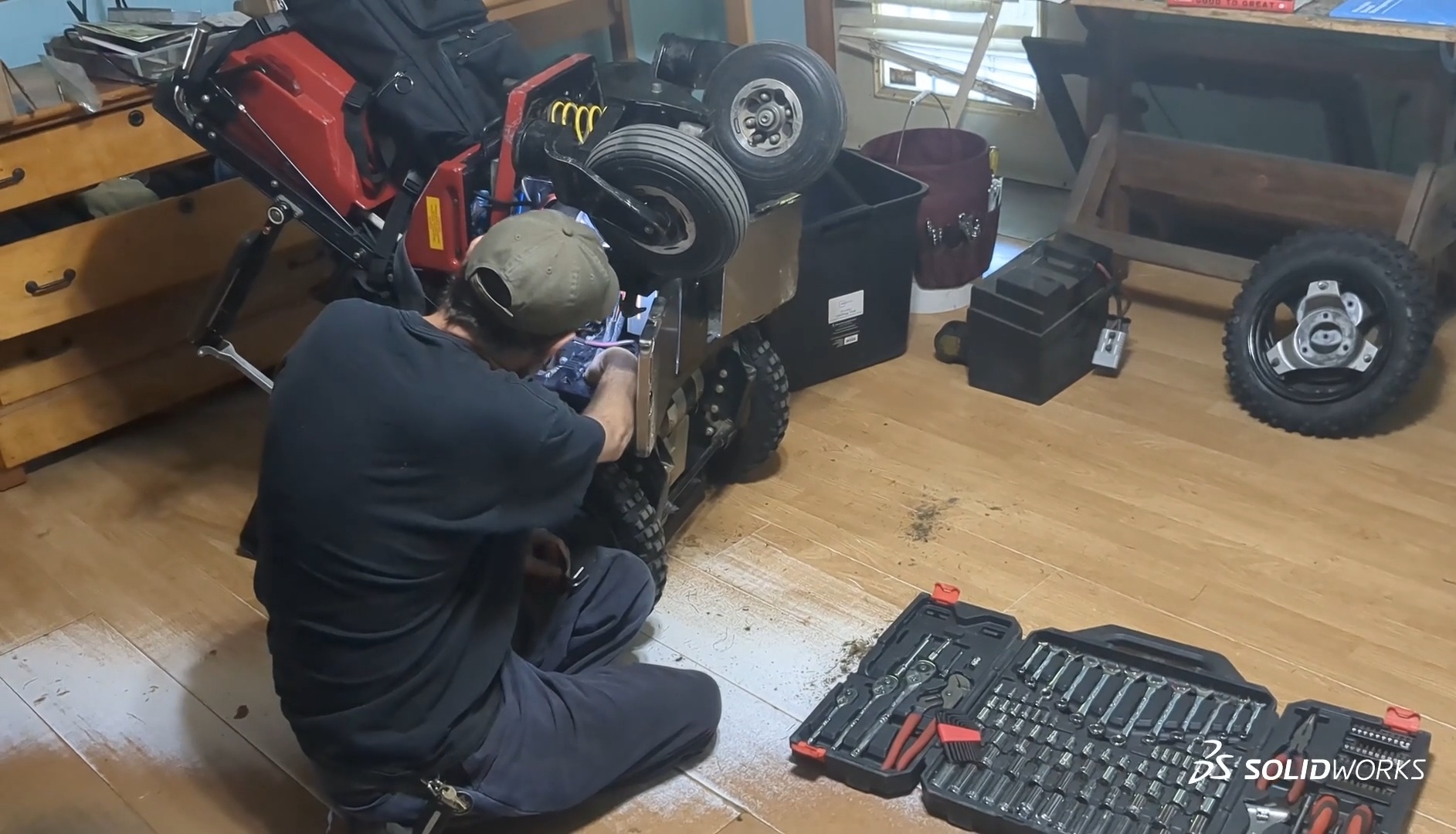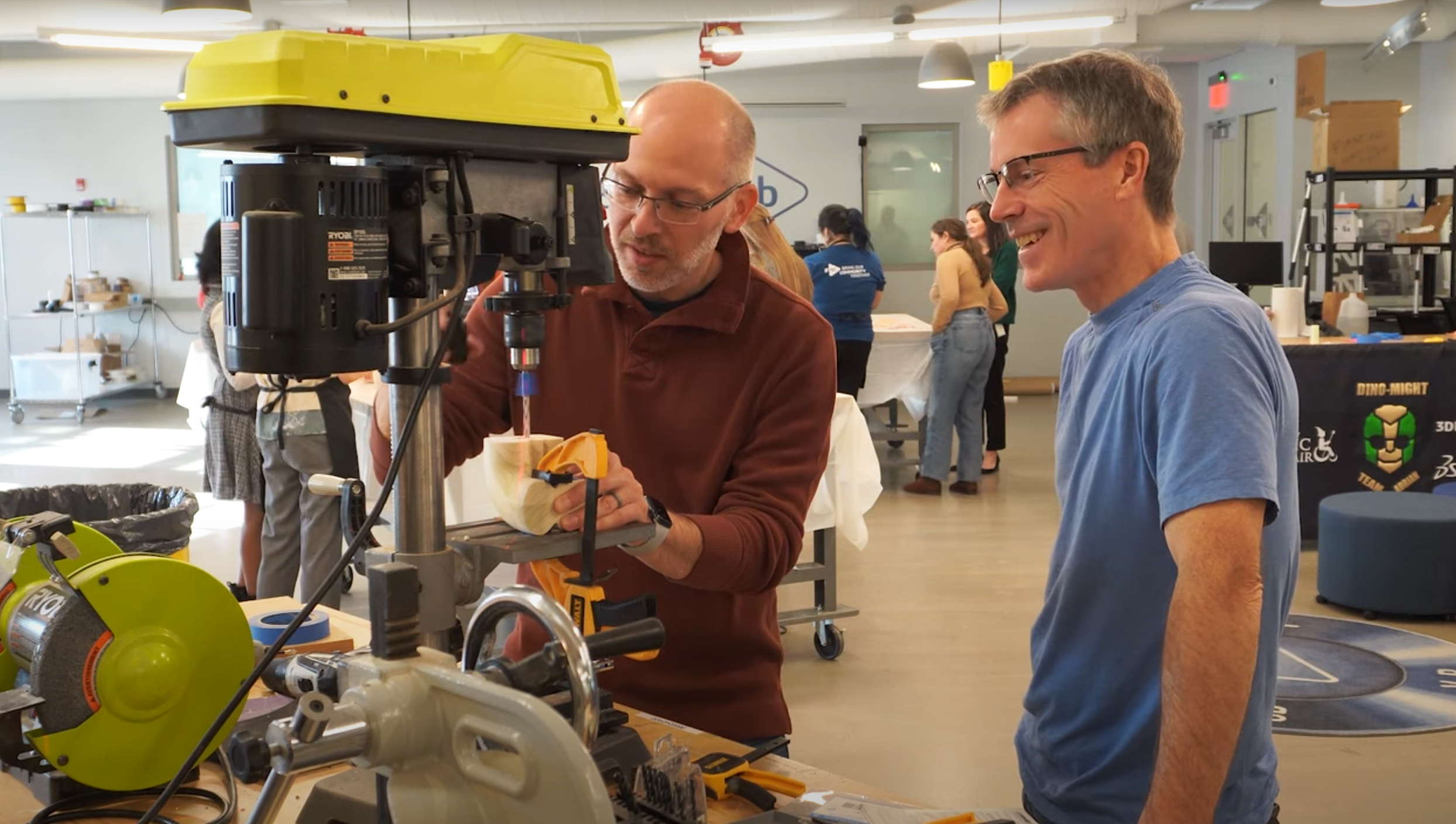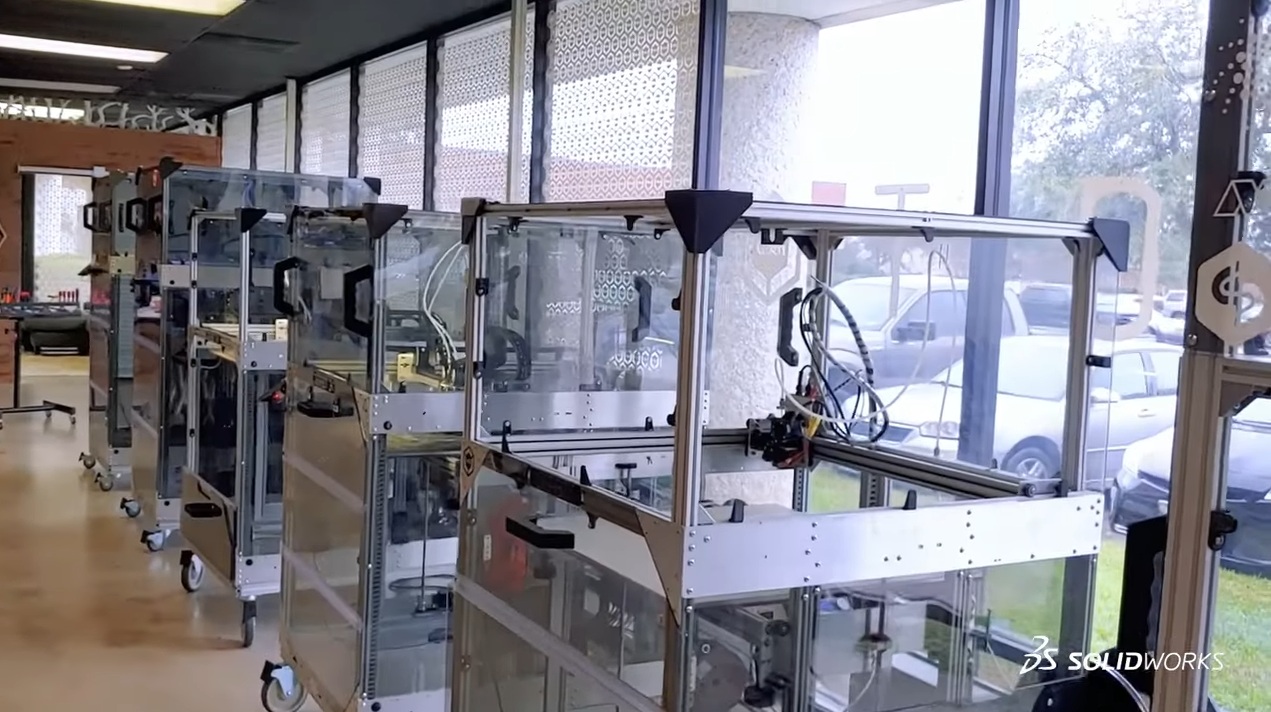The other weekend I decided to kick back, relax and read a book. The book I was reading I thought was completely unrelated to work, We Need to Talk by Celeste Headlee. But, within the first two chapters she pulls out a stat that floored me, “Consumers in the United States return about $14 billion worth of electronics every year. But in 85% of those cases, there’s nothing wrong with the merchandise. The consumer just didn’t understand how to use the device after opening the box.” Celeste continued saying that “this translates to nearly 12 billion a year lost because instructions weren’t clearly communicated.” If you create instruction documentation, assembly instructions, product manuals or are just the average person walking down the street, do these numbers seem crazy to you? I know a lot of us are creating products that are way more complex than a small electronic, but I hope that point is not lost; Technical Communication is very important and imperative when it comes to getting your product and instructions correctly into the hands of your customers.
If you are in the business of creating any type of technical communication documents, SOLIDWORKS Composer software can help you streamline the creation of 2D and 3D graphical contents for product communication and technical illustrations. In addition, SOLIDWORKS Composer users can routinely create technical documentation in parallel with product development, simplifying their process and accelerating time-to-market.
SOLIDWORKS Composer enables you to leverage your CAD files to create interactive, high-quality 2D and 3D graphics, illustrations and 3D manufacturing work instructions. By relying less on words and more on your 3D geometry, your work instructions will be more intuitive, making them easier to follow — resulting in fewer training hours, less work for your tech pubs team, and reduced assembly line mistakes. Best of all, you don’t need to wait for a physical prototype. With SOLIDWORKS Composer, your technical documentation team can speed up the process by working in parallel, before release to production, knowing their work will update whenever a design change occurs. With this parallel workflow, SOLIDWORKS Composer will also mean less time for the designer creating views of the 3D model for the tech pubs team.
I assume you plan to create visual-based work instructions that are highly intuitive and do not want to be one of the statistics that I described at the beginning. Check out this video to see how you can create great technical communications and not have consumers return your products due to lack of understanding the instructions.
If you want to learn more about SOLIDWORKS Composer or any product in the SOLIDWORKS suite feel free to contact us and we would love to chat!




SUBMIT YOUR COMMENT